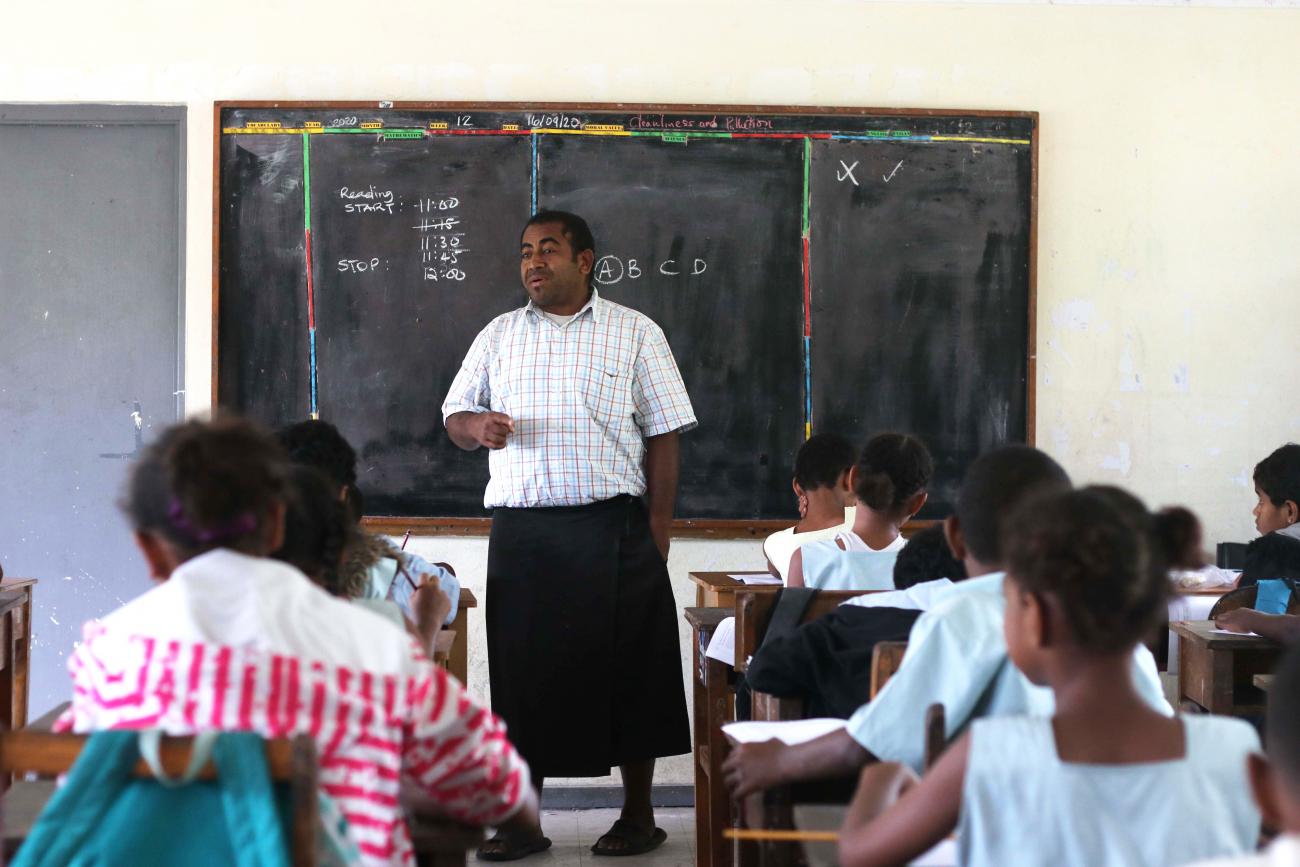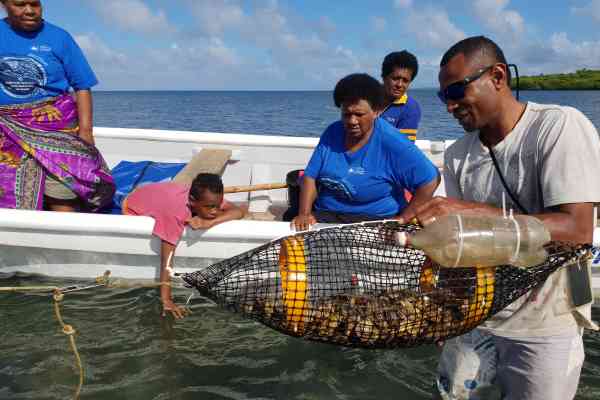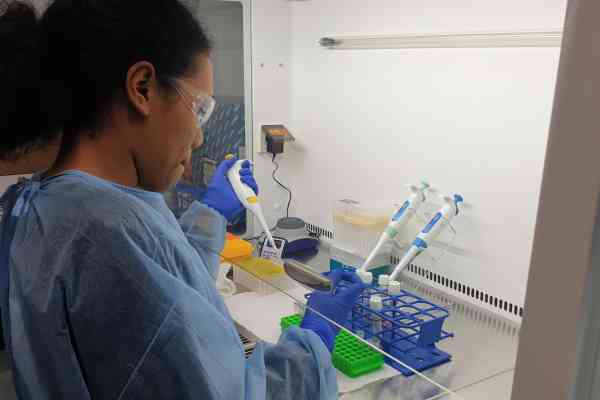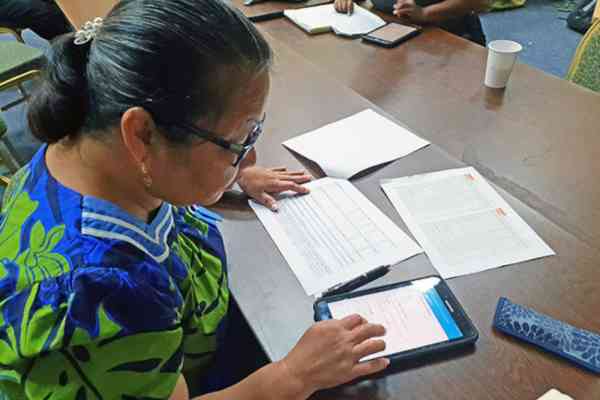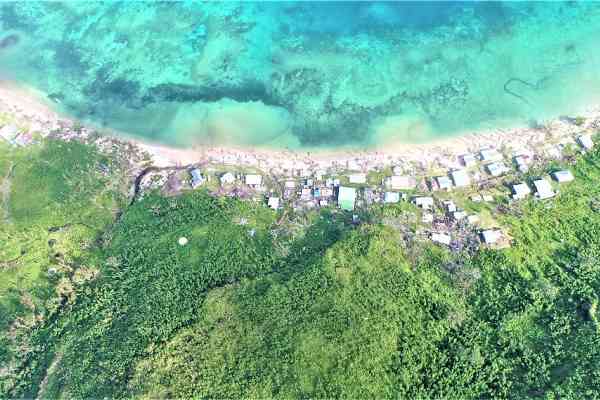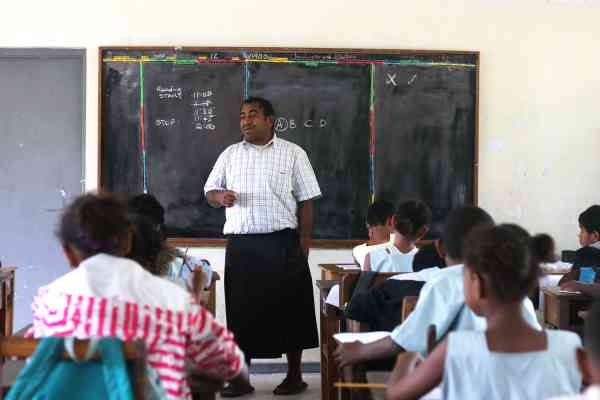Almost 10 years ago, the Pacific Community (SPC) launched an assessment of the region's literacy and numeracy performance in primary schools. Thanks to a flexible approach based on the Pacific tradition of constant adaptation and dialogue, this assessment was to become a critical tool for helping thousands of young Pacific people achieve their full potential.
This story is part of a series dedicated to the collaboration between SPC and New Zealand’s Ministry of Foreign Affairs and Trade (MFAT), as part of the renewal of their multi-year partnership.
When we talk about the major development challenges facing the Pacific – the fight against climate change, strengthening economies, protecting natural resources – none are achievable without a quality education system.
For Pacific countries to benefit from quality education systems, data is needed. Questions about how to improve school curricula, system administration, or national education policies cannot be properly addressed without reliable and standardised data.
This is the role of the Pacific Islands Literacy and Numeracy Assessment (PILNA), which was developed by SPC's Educational Quality and Assessment Programme (EQAP) to provide countries and development partners with a snapshot of how Pacific students are faring in the skills essential to progress through school and life – reading, writing and numeracy, in line with national education priorities, Sustainable Development Goal 4 and most recently, the goals of the Pacific Regional Education Framework (PacREF).
EQAP’s Team Leader for Large-Scale Assessments Torika Taoi heads up the group that oversees PILNA. “PILNA was initially created and first administered in 2012 as a one-off project’, she said. “At that time, the education ministers of 15 Pacific Island countries and territories (PICTs)* commissioned SPC to conduct an evaluation of the education level in the Pacific. The results showed severe gaps and prompted important reforms of the education systems in several countries. After that, PILNA had become so useful to SPC member countries that they decided to make it recurrent”, Taoi added.
PILNA, which is now conducted every three years, is made up of two parts. The first part is an assessment component in which students’ foundational literacy and numeracy skills are assessed. The second part involves personal questionnaires for students, their teachers, and their school heads. These questionnaires allow PICTs to gather extensive information about the contextual factors at school and at home that are associated with the learning and teaching of literacy and numeracy.
“The data collected through PILNA is welcomed by governments to tailor their education programmes so that every student can achieve their full potential,” said EQAP’s Principal Adviser Augustin de la Varga.
“Also, organisations supporting education in the Pacific, can maximise the effectiveness of their technical and financial assistance, based on actual needs. The beauty is that we are now in the fourth cycle of PILNA, so our database covers about a decade of education work in the Pacific,” he added.
Support from New Zealand’s Ministry of Foreign Affairs and Trade (MFAT) was key to consolidating PILNA as the Pacific regional assessment in the transition from a one-time effort to a long-term regional programme.
“The fundamental principles of PILNA are collaboration, flexibility and country ownership”, said Michelle Belisle, the director of EQAP. “The assessment design is carried out in a collaborative way by the 15 participating countries, which makes it possible to meet their needs precisely. The test items for example, are developed by representatives of the countries during a workshop at the beginning of each cycle, in accordance with the Pacific traditions of dialogue and consensus. It is almost an organic process, and the programme funding has to be fully flexible enable this approach”, she added.
New Zealand funding is used in several ways to support the programme. “On the one hand, these funds allow us, from a purely logistical point of view, to send the test materials to hundreds of schools across the region”, said Torika Taoi. “We are also able to generate data from the test results, thanks to an innovative coding system which was also developed with support from MFAT. Every three years there are tens of thousands of test answers to process and without this innovation we could not analyse them properly”, she added.
MFAT funds also allow the EQAP teams to constantly build capacity with the country officers, such as curriculum or policy and research professionals in all aspects of assessment and data usage to improve national education systems across the region.
For Torika Taoi, the predictability of PILNA’s funding is also a key factor to its success. “Thanks to the initial funding we received from New Zealand, we were able to bring PILNA up to the standards of other international assessments. When we talk about PILNA, it is important to have a medium-term vision, with the cycle lasting three years. Having predictable resources from New Zealand and Australia (since 2018), is essential to be able to project into the future, as well as having enough flexibility to allocate these resources according to the ever-changing needs of a programme as agile as PILNA.”
In 2021, despite the challenges associated with the COVID-19 pandemic, nearly 40 000 grade 4 and 6 students in over 800 schools from 15 countries are expected to take part in PILNA.
*The 15 PILNA participating countries are the Cook Islands, the Federated States of Micronesia, Fiji, Kiribati, Nauru, Niue, Palau, Papua New Guinea, the Republic of Marshall Islands, Samoa, Solomon Islands, Tuvalu, Tokelau, Tonga and Vanuatu.
Story written by Alexandre Brecher, Corporate Communications Office
